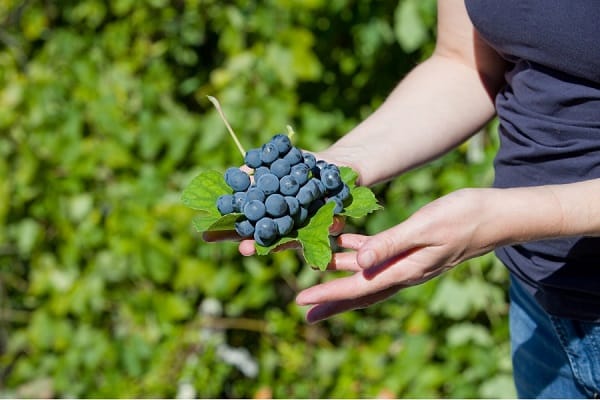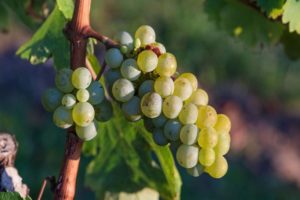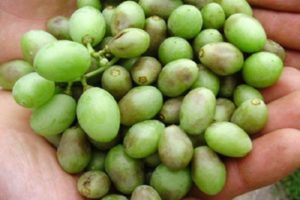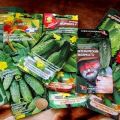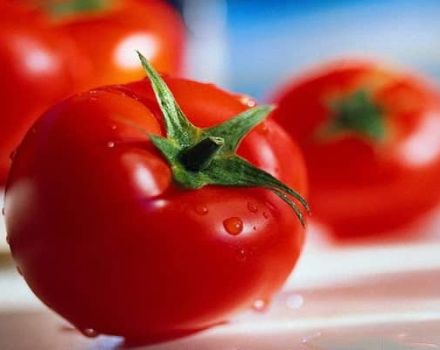Description of the Zilga grape variety, its characteristics and secrets of agricultural technology
Residents of the northern regions of Russia are probably familiar with the sweet and sour taste of Zilga grapes. Perhaps for the spoiled natives of the southern regions, this is not the most memorable variety. But where little grows, Zilga grapes are one of the best. It is a hybrid variety that scores well on many counts.
Variety history
The variety in question comes from Latvia, where it was bred by the breeder P. Sukatnieks in the mid-60s of the last century. The ancestors of the species were the varieties Smuglyanka, Dvietes, Yubileiny Novgorod.
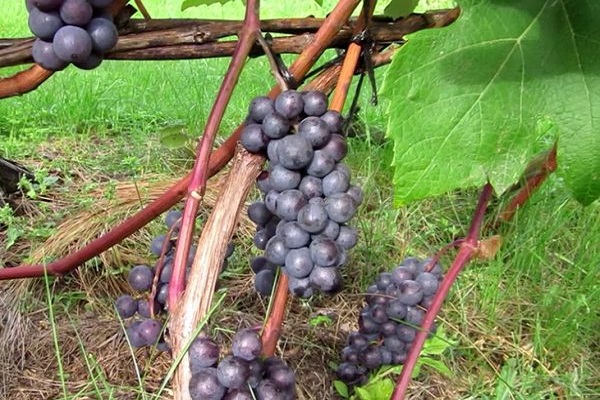
Description of Zilga grapes
The first thing to highlight in the description of the variety is frost resistance. Indicators of -28 degrees will not frighten winegrowers, the variety will cope with them perfectly. At the same time, the bushes ripen early - the end of July can be devoted to the first harvest, which, by the way, is quite rich. The berries are large, aromatic. There is a little mucus in the pulp.
The shape of the bunches is cylindrical, large berries densely stick around the bunch, which weighs from 320 to 400 grams. This variety is characterized by good growth rates of the bush. Shoots, in order to preserve their appearance, are aimed at rapid and effective growth. In order not to lose weight and shape of the bush, it should be cut several times during the season.
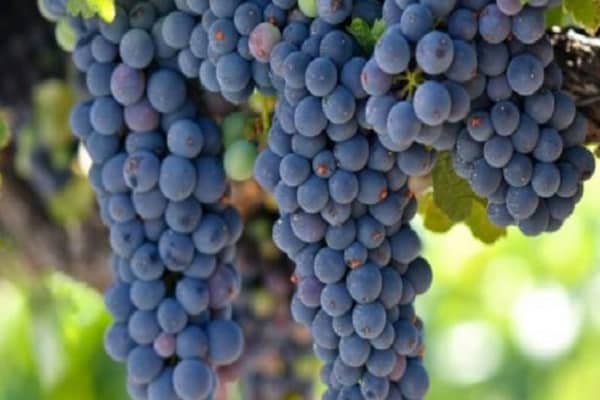
As a result of the tasting assessment, the variety was awarded 7.1 points. Transportability at altitude.
Main characteristics
The grapes boast of their characteristics. It can withstand the maximum possible subzero temperatures (up to -25 degrees), has an acidity ranging from 4.5 to 5 grams, sugar content - from 18 to 20%. The bunches are large, weighing up to 400 grams, in the form of a cylinder. One berry weighs, on average, 4 grams. Fruits are deep blue in color, with a faint taste of nutmeg.
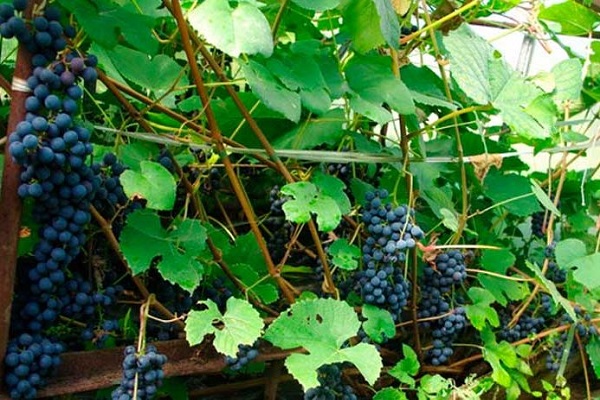
Advantages and disadvantages
The advantages of the variety are:
- Wasps are not damaged.
- The vine is unpretentious to natural conditions.
- Resistance to mildew and mildew diseases (4 points). From this it follows only the need for triple spraying during the growing season.
- If the grapes are grown in the southern regions, they may not be covered for the winter.
- Good rooting of cuttings.
- Good resistance to low temperatures.
- A bountiful harvest.
- Multifunctional application.
The disadvantages are sourness in taste, the presence of grains and a fairly hard peel. This also includes the annual need for the formation of a bush. The reason is the rapid growth of numerous shoots.
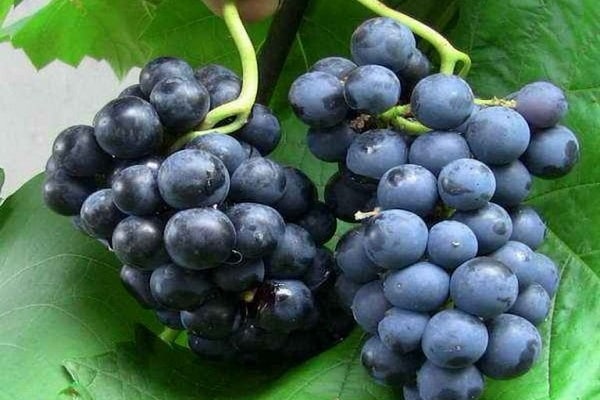
Selection and planting of seedlings
Purchase the plant just before planting.Pay attention that the root cut is light green and the shoot is brown. In length - from 10 centimeters, in height - from 40 centimeters. It is necessary to plant a seedling after its preliminary "rest" on the balcony or window of the house - let it stand there for a couple of days. Planting is carried out in autumn or spring, when you are sure that there will be no cold weather in the near future.
Important! If planting is planned for the spring, prepare the hole in the fall.
Install a sprinkler pipe 40 centimeters deep just before planting. Place the seedling, straighten the roots evenly, then cover the ground and water.
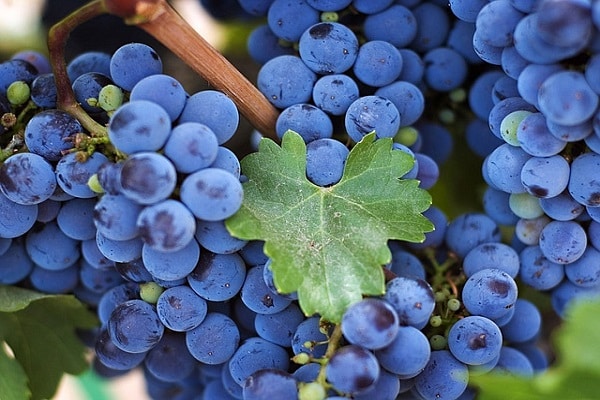
Growing and care
Agricultural technology is not complicated. Watering a young plant should be carried out 4 times: after removing the shelter, when buds are formed, when flowering ends and before the plant is sent for wintering. Watering of adult plants is limited only by water-charging. The rest of the time, the bush is content with natural precipitation.
Top dressing should be carried out for the first time only 3 years after planting. Select fertilizers both organic and mineral.
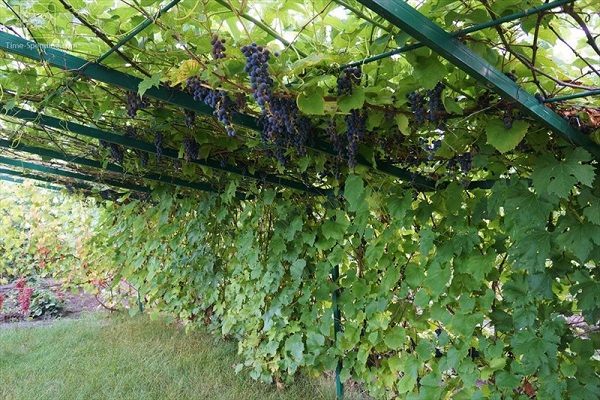
About diseases and pests
Fungal diseases such as mildew and oidium avoid Zilga. But this fact does not mean that you can completely abandon preventive measures, especially if the growing conditions in the season are unfavorable (excessive moisture or drought).
To avoid the occurrence and spread of diseases, follow the measures:
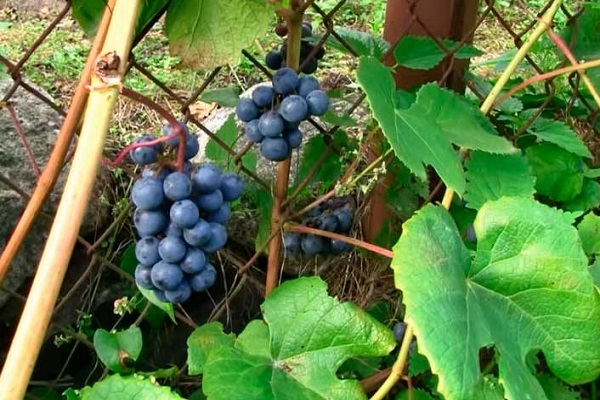
- trim dead wood on time;
- watch out for the timely cutting of weeds around the bush;
- pay attention to the need to trim excess vines.
During the summer, the plant should be treated with a fungicide solution 2 times (as an alternative - Bordeaux liquid, 1% solution). Spray in early spring, before ovaries appear, and in autumn after harvest.
Important! If you nevertheless notice the onset of the disease, irrigate the bush with a manganese solution or a half-percent soda solution.
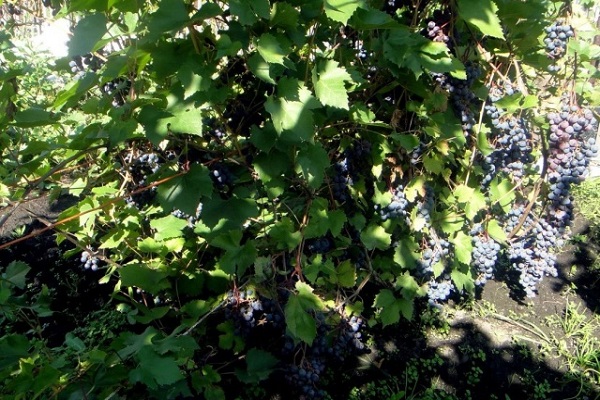
The best regions to grow
Due to the fact that the variety is frost-resistant, it is grown in the states: Lithuania, Latvia, Estonia, Sweden, Norway. However, with no less success, it will grow in the Middle Strip and in the southern regions.
